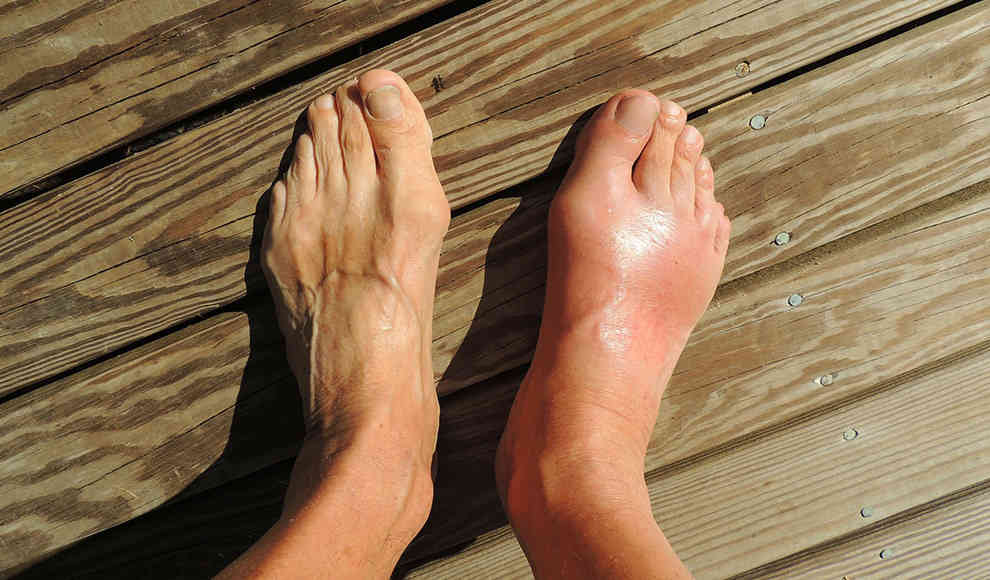Gout, a metabolic disorder caused by the buildup of uric acid crystals in the joints, is becoming increasingly common in industrialized countries, particularly among men. However, a new study from Taiwan suggests that a vegetarian diet can significantly reduce the risk of developing gout. The study, which analyzed data from two independent studies involving a total of 14,000 participants, found that vegetarians had a 67% lower risk of developing gout compared to meat-eaters. The researchers speculate that plant-based compounds may be responsible for this protective effect, as they can inhibit uric acid production and reduce inflammation in the body.
Gout is a painful condition that can cause joint pain, tissue deposits, and long-term damage to the kidneys. It is caused by the buildup of uric acid crystals in the joints, which can be exacerbated by a diet high in purines, a compound found in meat and seafood. However, the new study from Taiwan suggests that a vegetarian diet can significantly reduce the risk of developing gout, even if it includes purine-rich soy products.
The study analyzed data from two independent studies involving a total of 14,000 participants, none of whom had shown symptoms of gout at the start of the study. Over the course of five to nine years, 226 participants developed gout. The researchers found that vegetarians had a 67% lower risk of developing gout compared to meat-eaters in the first study, and a 39% lower risk in the second study. The researchers also found that the uric acid levels of vegetarians who ate eggs and dairy products were significantly lower than those of vegans who consumed no animal products. The researchers speculate that plant-based compounds may be responsible for this protective effect, as they can inhibit uric acid production and reduce inflammation in the body.
Overall, the study suggests that a vegetarian diet may be an effective approach to preventing and treating gout. However, further research is needed to determine whether these findings apply to other populations in other countries.










